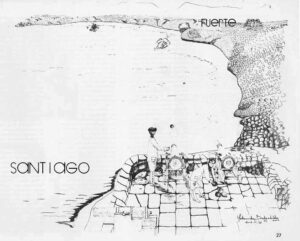
Fort Santiago
Fort Santiago was the second of three Spanish forts built to defend the anchorage at Apra Harbor. The fort was constructed at the tip of

Fort Santiago was the second of three Spanish forts built to defend the anchorage at Apra Harbor. The fort was constructed at the tip of
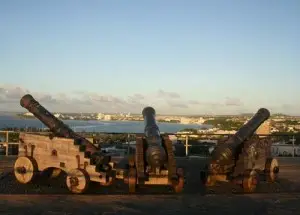
Fort Santa Agueda, the only surviving Spanish fort in Hagåtña, sits atop Apugan Hill on the western coast of Guam. The fort, now commonly called
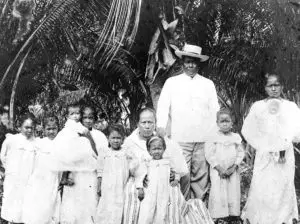
Familia, a Spanish word meaning family, has a more inclusive definition in CHamoru. The term familia includes not only one’s immediate family members, but the
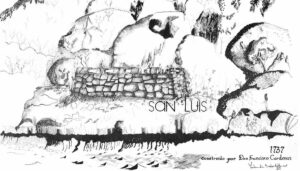
Fort San Luis was the first of three Spanish fortifications constructed to protect the anchorage at Apra Harbor. The fort was constructed on the northern
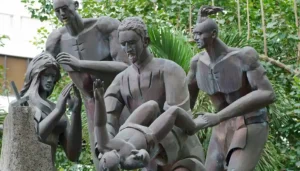
History will remember Maga’låhi Matå’pang from Tomhom (Tumon) as the man responsible for murdering Father Diego Luís de San Vitores, the Spanish Jesuit priest who
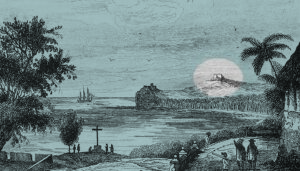
Fort San Jose, built about 1805, was the third of four Spanish fortifications built in the southern village of Humåtak/Umatac. The fort was constructed atop
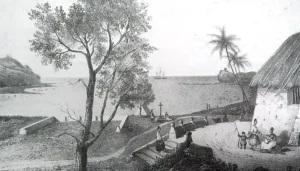
In order to protect Spain’s interests in Guam and its Pacific trade routes, several fortifications were constructed to defend the island. Beginning with the first
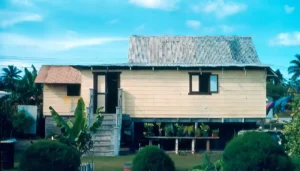
A precursor to the concrete typhoon proof pillbox style of buildings common to contemporary Guam were wood and tin homes. These simple homes were the
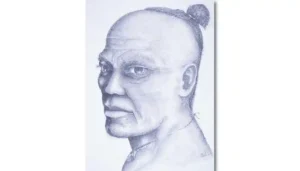
Hurao is one of the most celebrated Chamorro/CHamoru chiefs in Guam’s history. He was a Hagåtña Chamorri (high caste) in the late 1600’s, who with

A Quonset hut is a lightweight prefabricated structure of corrugated steel having a semicircular cross section. Following the retaking of Guam by the United States